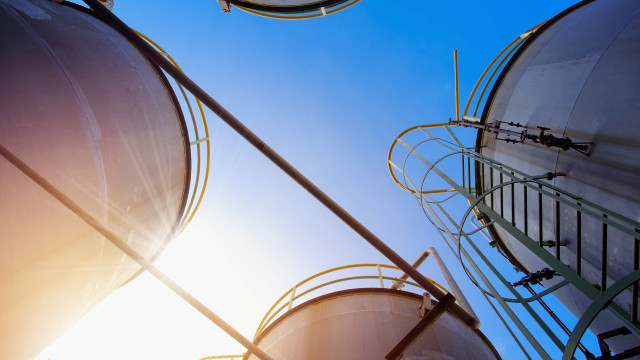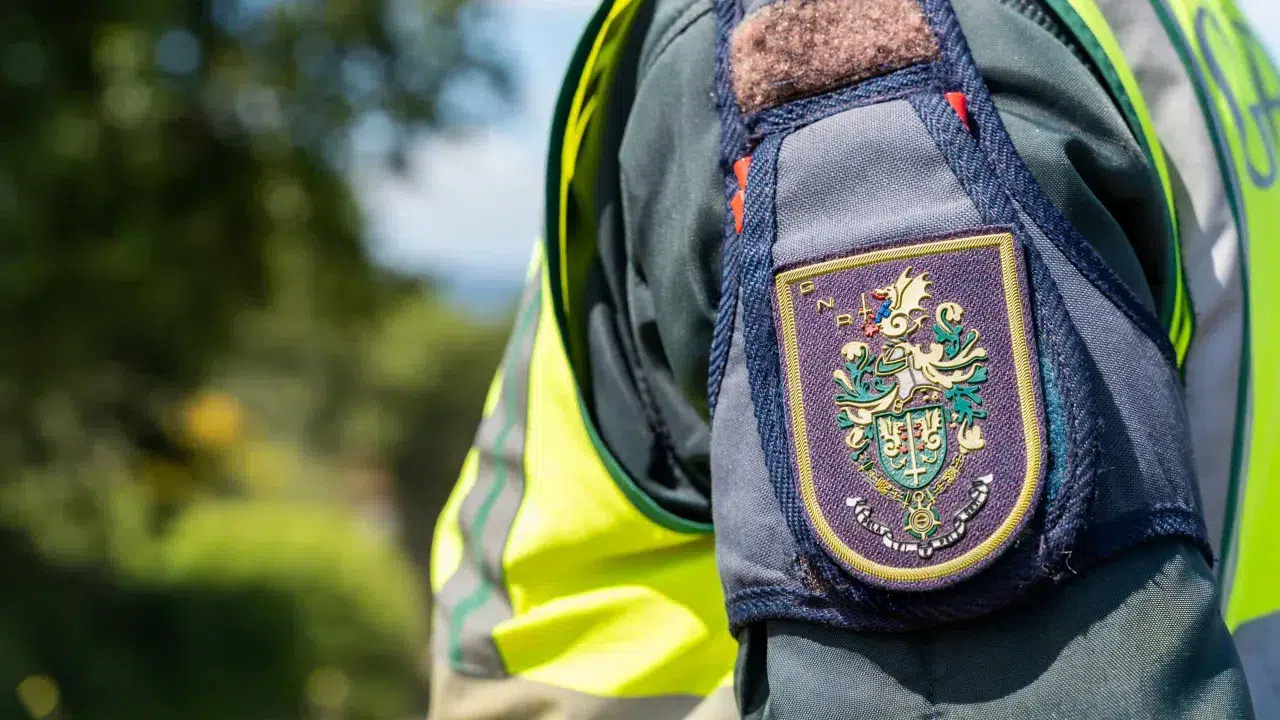At around 09:15 in Lisbon, the EuroStoxx 600 rose by 0.70% to 536.82 points.
The stock exchanges in Paris, Frankfurt, and Madrid advanced by 0.07%, 0.02%, and 0.10%, respectively, while those in Madrid and Milan depreciated by 0.04% and 0.37%.
The Lisbon stock exchange maintained its opening trend and at 09:15 the main index, the PSI, decreased by 0.49% to 7,407.97 points, compared to the new high since May 6, 2014, of 7,545.86 points recorded on June 16.
At this week’s NATO summit, it was agreed to set a target of 5% of Gross Domestic Product (GDP) for annual defense and security spending by 2035, with flexibility for Spain.
Meanwhile, NATO Secretary-General Mark Rutte, in a letter sent on Sunday to Spanish Prime Minister Pedro Sánchez, confirmed that NATO will grant Spain “the flexibility to determine its own sovereign path to achieve the Capability Objective and the necessary annual resources as a percentage of GDP, as well as to present its own annual plans.”
The Iranian Army today warned U.S. President Donald Trump that the “war” initiated with Iran on Sunday morning will be ‘ended’ by Tehran and warned Washington of “severe, regrettable, and unpredictable consequences” for attacks on its soil.
In light of this situation and the threat of closing the Strait of Hormuz, through which 20% of maritime oil traffic passes, crude prices rose by about 1%.
For Brent, the European benchmark, after having risen this morning above $81 per barrel, it is advancing by 0.94% to $76.20 at the market opening.
Meanwhile, the American benchmark, West Texas Intermediate (WTI), rose by 0.99% to $74.55 before the markets opened.
In Asia, Tokyo’s Nikkei index closed nearly flat, while the benchmark index of the Shanghai Stock Exchange gained 0.65% and Shenzhen rose by 0.43%, while the Hang Seng, a few minutes before closing, rose by 0.61%.
Wall Street futures are mixed and nearly stable, with the Dow Jones Industrial down by 0.06% and the S&P 500 and Nasdaq up by 0.06% and 0.09%, respectively.
The stock market in Wall Street closed on mixed ground last Friday.
Gold per troy ounce, a safe-haven asset, was down to $3,355.45, against $3,368.39 on Friday and $3,432.34 on June 13, a new historic high.
The yield on Germany’s 10-year bond, considered the safest in Europe, rose to 2.544%, against 2.516% in the previous session.
The euro fell to $1.1498 in the Frankfurt foreign exchange market, against $1.1523 on Friday and $1.1584 on June 18, a new high since November 9, 2021.





